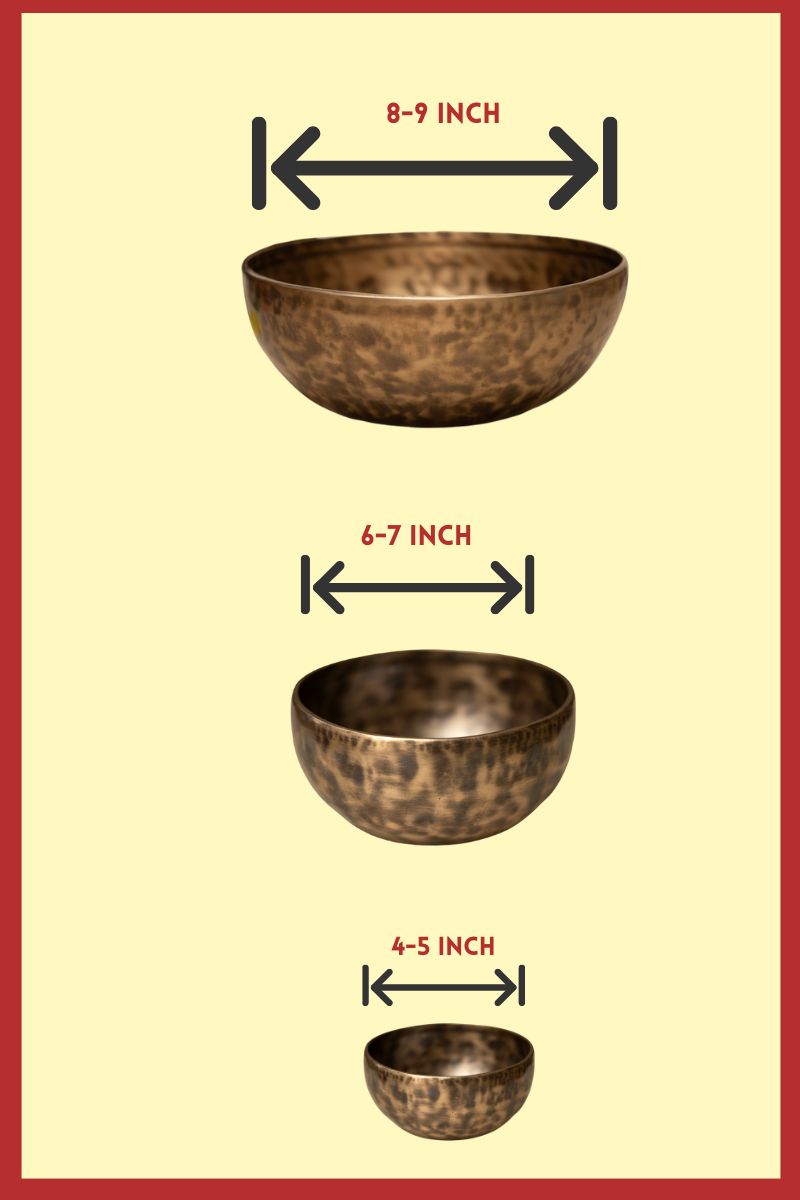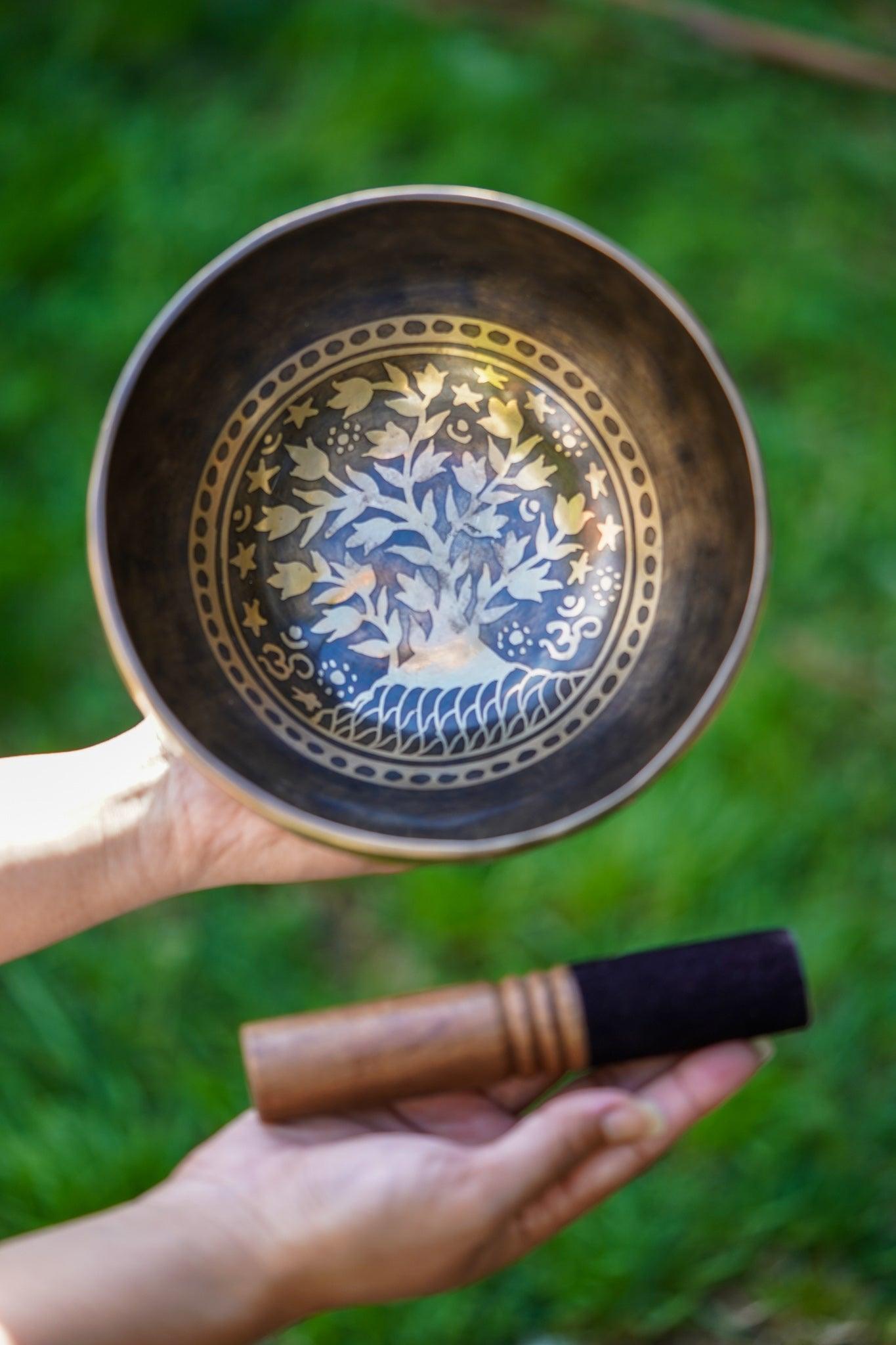Choosing the right frame for your artwork is essential for both its visual appeal and long-term protection. Frames not only enhance the presentation of your artwork but also safeguard it from dust, moisture, and physical damage. In this guide, we'll explore different frame options for oil paintings, acrylic paintings, and Thangka paintings, helping you select the perfect frame to complement your art.
From traditional wooden frames for oil paintings to floating frames for acrylics and embroidery brocade frames for Thangkas, each type of artwork requires a specific framing approach. Consider the style, color palette, and aesthetic of your artwork when choosing a frame to ensure it enhances the beauty of your piece. A well-chosen frame can not only protect your artwork but also elevate its presentation, making it a focal point in any room.
Framing Oil Paintings

Oil paintings are a popular choice for many artists due to their rich colors and textures. When framing an oil painting, it's essential to use a frame that complements the artwork without overpowering it. Traditional wooden frames in neutral tones such as black, brown, or gold are often the best choice for oil paintings, as they provide a classic look that suits most styles of artwork.
For example, if you have a stunning Machhapuchhre oil painting from Nepal, consider a simple wooden frame in a neutral color to highlight the painting's beauty without distracting from it.
Additionally, consider the size and thickness of the frame in relation to the size of the painting. A larger painting may benefit from a wider frame to create a balanced look, while a smaller painting might be better suited to a narrower frame. Matting can also be used to create a border around the painting, adding to its overall presentation. When selecting a frame for your oil painting, aim for a timeless and elegant design that will complement the artwork and enhance its visual impact.
Framing Acrylic Paintings

When selecting a floating frame for your acrylic painting, pay attention to the width and color of the frame. A wider frame can create a bold statement, drawing the eye to the artwork, while a narrower frame can provide a more subtle border, allowing the painting to stand out on its own. Additionally, consider the finish of the frame - a matte finish can complement the painting's texture, while a glossy finish can add a modern touch.
It's also important to consider the size of the acrylic painting when choosing a frame. A larger painting may benefit from a thicker frame to provide stability and support, while a smaller painting might be better suited to a thinner frame to maintain a delicate appearance. Experimenting with different frame styles and finishes can help you find the perfect frame to enhance your acrylic painting and complement your Himalayan Arts-inspired decor.
Framing Thangka Paintings

Thangka paintings are a traditional form of Tibetan Buddhist art that often depicts deities, mandalas, and other religious motifs. Framing a Thangka painting requires careful consideration, as these artworks are often delicate and intricately detailed.
For Thangka paintings, there are two main framing options: western-style glass frames and traditional-style embroidery brocade frames. Western-style glass frames are more modern and provide excellent protection for the painting. However, they can be heavy and may not suit the traditional aesthetic of the artwork.
On the other hand, traditional-style embroidery brocade frames are handmade and feature intricate embroidery that complements the painting's intricate details. These frames are lightweight and add to the overall beauty of the artwork.
Benefits of Framing Your Artwork

Framing your artwork offers a multitude of benefits beyond mere aesthetics. Protection is perhaps the most crucial aspect, as frames act as a barrier against dust, moisture, and physical damage, safeguarding your valuable pieces for years to come. This is particularly important for delicate artworks such as Thangka paintings, where the right frame can ensure their longevity and integrity.
Moreover, framing can enhance the visual appeal of your artwork, drawing attention to its unique features and creating a focal point in any room. A well-chosen frame can complement the style and theme of the artwork, adding depth and dimension to its presentation. Additionally, framing can help preserve the artwork's value, making it a worthy investment for future generations to enjoy. Proper framing techniques, such as using archival materials and techniques, can ensure that your artwork remains in pristine condition for years to come, making it a valuable heirloom for your family.
Additional Points to Consider

When selecting a frame for your artwork, it's important to consider the style and color palette of the piece. A frame should complement the artwork, enhancing its visual impact without overpowering it. For example, a minimalist black frame can create a striking contrast with a vibrant, colorful painting, while a more ornate gold frame can add a touch of elegance to a classic piece.
Matting is another important consideration when framing artwork. Matting can add depth and dimension to the artwork, drawing the viewer's eye to the piece and creating a sense of space around it. A wide mat can create a bold, dramatic effect, while a narrow mat can provide a more subtle border, allowing the artwork to speak for itself.
When choosing a frame, also consider the location where the artwork will be displayed. The frame should complement the space, enhancing its overall aesthetic. For example, a sleek, modern frame may be more suitable for a contemporary living room, while a traditional wooden frame may be better suited to a more classic setting.
In conclusion, selecting the right frame for your artwork is essential for enhancing its beauty and ensuring its longevity. Whether you have an oil painting, acrylic painting, or Thangka painting, choosing a frame that complements the artwork and the space where it will be displayed can make all the difference in showcasing your artwork in the best possible light.







